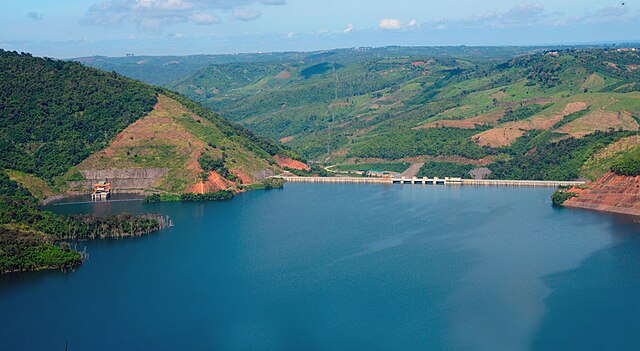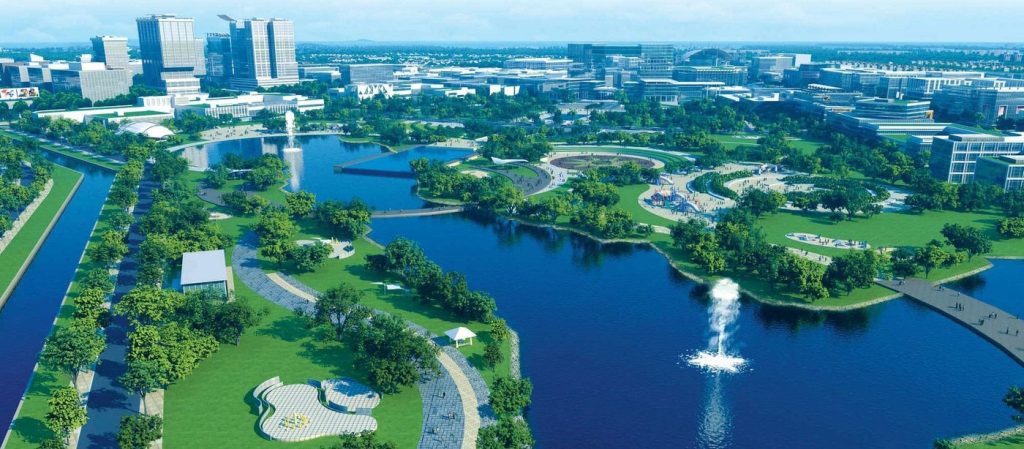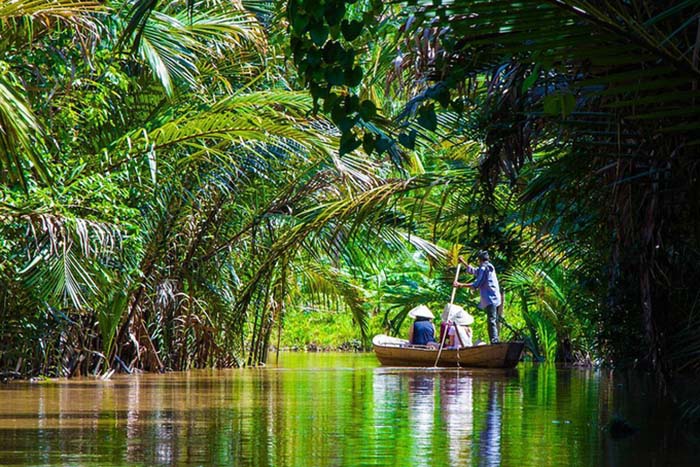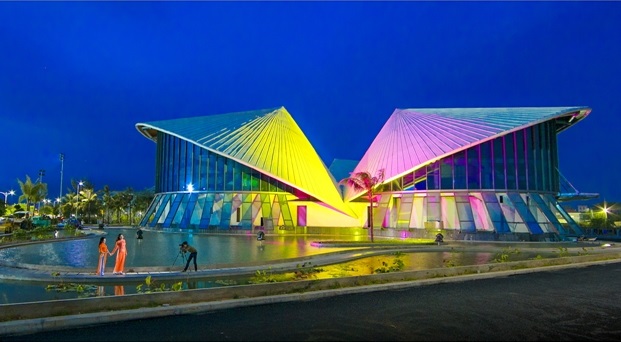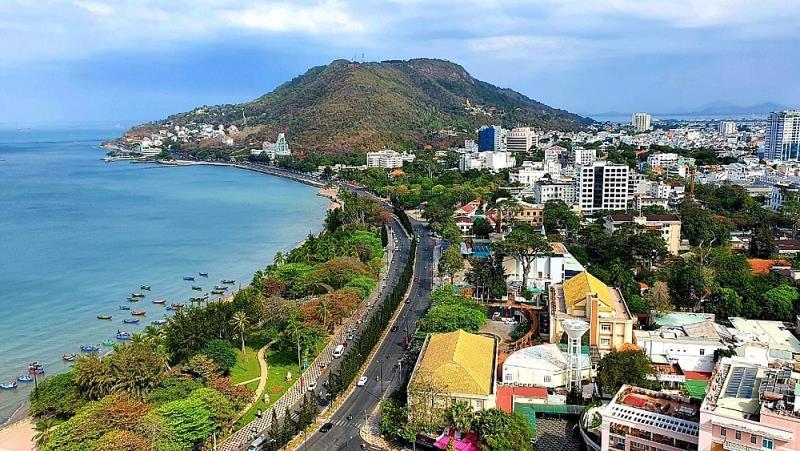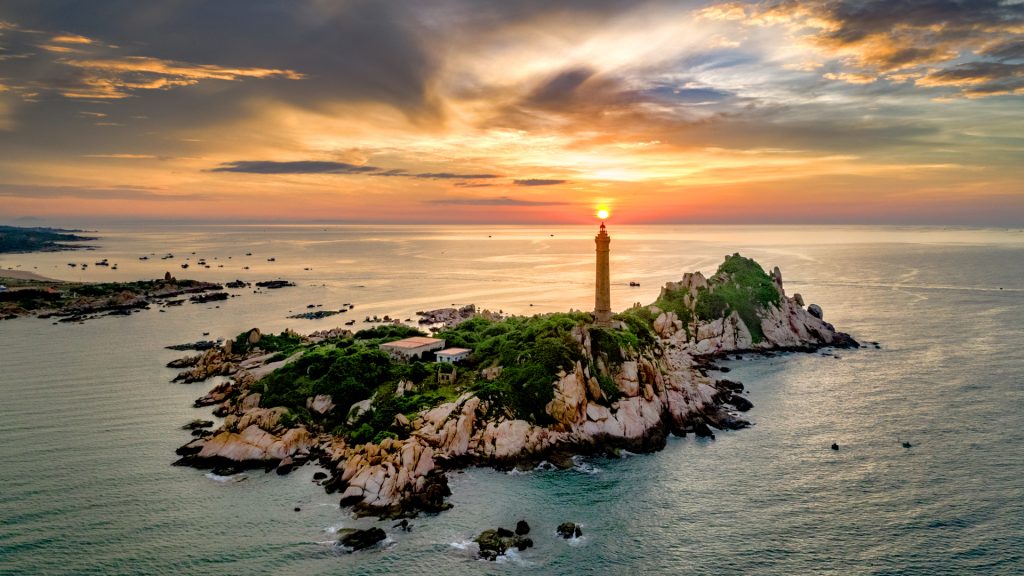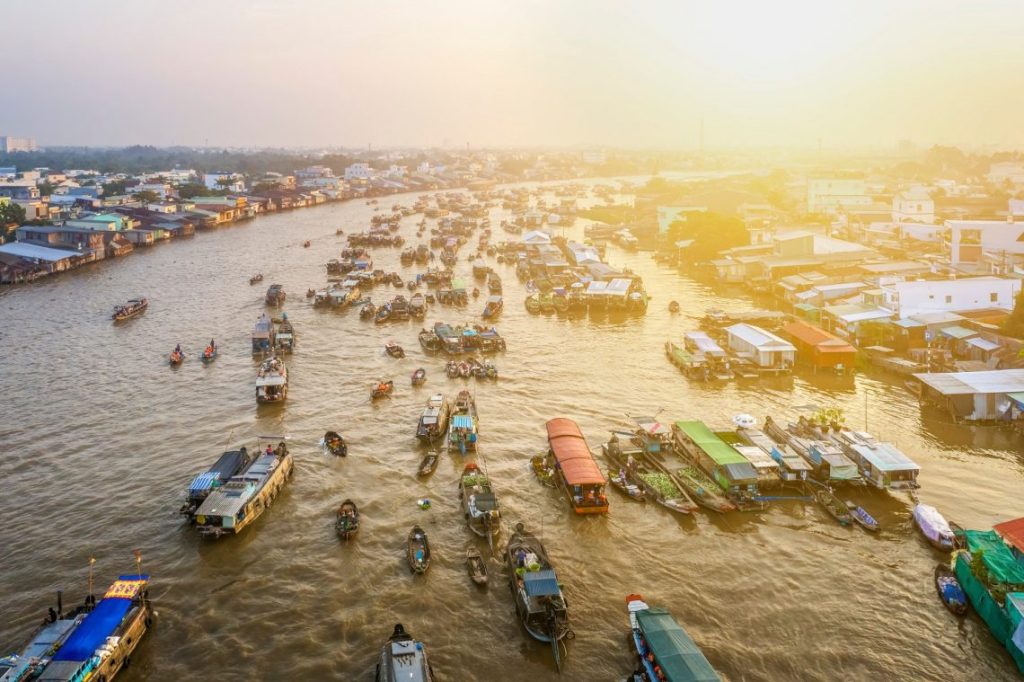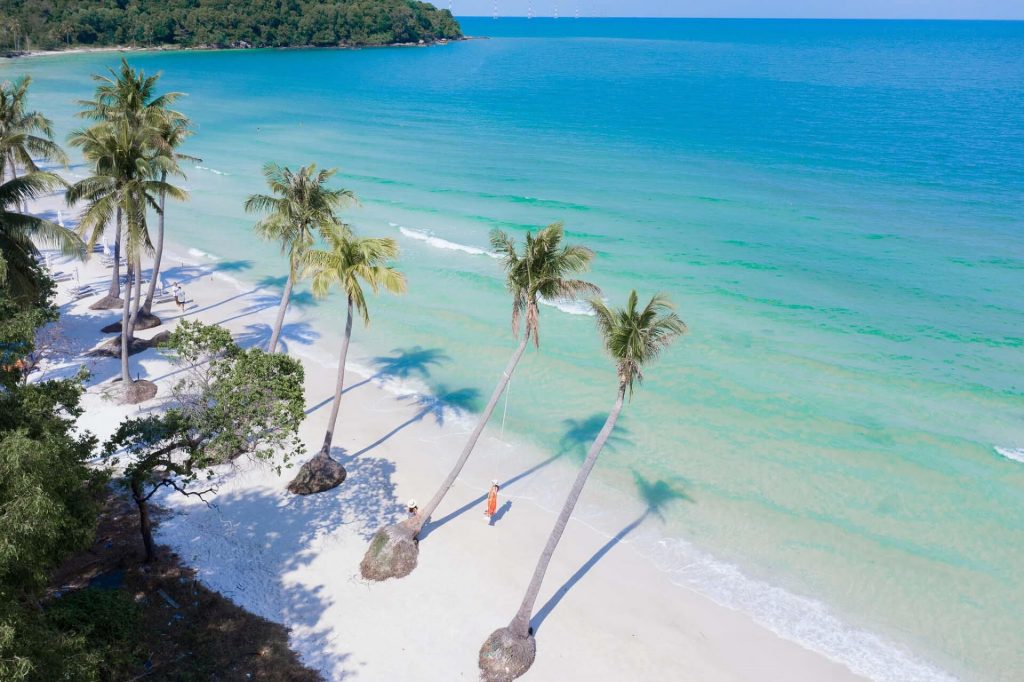Ho Chi Minh City – A guide basic for the trip
Ho Chi Minh City, formerly known as Saigon, is Vietnam’s largest city and a vibrant hub of commerce, culture, and history. Located in the southern part of the country, it serves as the economic center with bustling streets filled with motorcycles, modern skyscrapers, and French colonial architecture.
The city offers a blend of traditional and contemporary Vietnamese culture, seen in its diverse culinary scene, lively markets like Ben Thanh Market, and historical landmarks such as the War Remnants Museum and the Reunification Palace, which played significant roles in the Vietnam War. The Notre-Dame Cathedral Basilica of Saigon and the Central Post Office are iconic symbols of its colonial past.
Ho Chi Minh City is also known for its energetic nightlife, with countless bars, clubs, and rooftop lounges offering entertainment well into the night. It’s a city where tradition meets modernity, where ancient pagodas sit amidst high-rise buildings, and where the Mekong Delta’s fertile plains begin.
Tourists and locals alike flock to this dynamic city for its rich history, delicious cuisine, and the warmth of its people, making it a must-visit destination in Southeast Asia.
I. When is the best time to visit Ho Chi Minh City?
The best time to visit Ho Chi Minh City, also known as Saigon, is during the dry season, which typically runs from December to April. This period sees lower humidity and less rainfall, making it more comfortable for exploring the city and its attractions.
From December to February, temperatures are cooler, ranging from around 25°C to 30°C (77°F to 86°F), making it pleasant for outdoor activities and sightseeing. March and April start to get warmer, but are still enjoyable with temperatures averaging between 28°C to 34°C (82°F to 93°F).
During these months, you can enjoy festivals such as Tet (Vietnamese Lunar New Year) which usually falls in late January or February, offering a chance to experience vibrant cultural celebrations.
Avoid visiting during the rainy season, which occurs from May to November, as heavy downpours and occasional flooding can disrupt travel plans and outdoor activities. The peak of the rainy season is typically from June to August, with high humidity and frequent showers.
In summary, plan your visit to Ho Chi Minh City between December and April for the most comfortable weather and enjoyable travel experience.
II. What to do in Ho Chi Minh City?
Ho Chi Minh City, with its rich history, bustling streets, and diverse culture, offers a wide range of activities for visitors to explore and enjoy:
- Visit Historical Landmarks: Explore the War Remnants Museum, the Reunification Palace, and the Notre-Dame Cathedral Basilica of Saigon to learn about the city’s history and architecture.
- Shop at Markets: Wander through Ben Thanh Market for local souvenirs, handicrafts, clothing, and delicious street food. Binh Tay Market in Chinatown (Cho Lon) is another bustling market worth exploring.
- Explore Chinatown (Cho Lon): Dive into the cultural diversity of Saigon’s Chinatown, where you can visit temples like Thien Hau Temple and sample Chinese-Vietnamese cuisine.
- Cruise the Mekong Delta: Take a day trip to the Mekong Delta to experience the rural life, visit floating markets, and enjoy boat rides along scenic waterways.
- Cu Chi Tunnels Tour: Explore the Cu Chi Tunnels used by the Viet Cong during the Vietnam War, and learn about the history of guerrilla warfare tactics.
- Enjoy Vietnamese Cuisine: Indulge in local dishes such as pho (noodle soup), banh mi (Vietnamese sandwich), fresh seafood, and Vietnamese coffee at street stalls or trendy cafes.
- Nightlife: Experience Saigon’s vibrant nightlife at rooftop bars like Chill Skybar or Bui Vien Walking Street for live music, street food, and cocktails.
- City Tours: Take guided tours of landmarks like the Central Post Office, Saigon Opera House, and Jade Emperor Pagoda to appreciate their architecture and cultural significance.
- Art and Culture: Visit contemporary art galleries such as the Ho Chi Minh City Museum of Fine Arts or attend traditional water puppet shows for a glimpse into Vietnamese art and culture.
- Relaxation: Unwind at lush parks like Tao Dan Park or the Saigon Zoo and Botanical Gardens, offering serene spots amidst the city’s hustle and bustle.
These activities showcase the diversity and vibrancy of Ho Chi Minh City, ensuring a memorable experience for travelers interested in history, culture, cuisine, and urban exploration.
III. How to get to Ho Chi Minh City?
Ho Chi Minh City, being a major international hub in Southeast Asia, is easily accessible by various modes of transportation:
- By Air: Tan Son Nhat International Airport (SGN) is the main gateway to Ho Chi Minh City. It serves numerous international and domestic flights daily. Direct flights connect Ho Chi Minh City with major cities around the world, including Singapore, Bangkok, Hong Kong, Tokyo, Seoul, and many others.
- By Train: While international train services to Ho Chi Minh City are limited, you can travel domestically within Vietnam by train from cities like Hanoi, Da Nang, and Nha Trang. The main railway station in Ho Chi Minh City is Saigon Railway Station (Ga Sai Gon).
- By Bus: Several long-distance bus companies operate routes connecting Ho Chi Minh City with neighboring countries such as Cambodia and Laos. Domestic buses also link Ho Chi Minh City with cities across Vietnam.
- By Car: If you’re traveling from nearby cities or provinces within Vietnam, you can reach Ho Chi Minh City via well-maintained highways. However, be aware of traffic conditions, especially in and around the city center.
- By Boat: There are limited options for traveling to Ho Chi Minh City by boat, primarily from Cambodia via the Mekong River. This option is more commonly used for river cruises rather than regular transportation.
Once in Ho Chi Minh City, taxis, ride-hailing services like Grab, buses, and the efficient motorbike taxis (xe om) are readily available for local transportation to explore the city and its surroundings.

